Climate change will make the world more fragrant.
As
CO2 levels increase and the world warms, land use, precipitation and
the availability of water will also change.
In response to all
these disruptions, plants will emit greater levels of fragrant chemicals
called biogenic volatile organic compounds.
That will then alter
how plants interact with one another and defend themselves against
pests, according to a major scientific review.
According
to the scientists leading the review, the world may already be becoming
more fragrant, as plants have already begun emitting more smelly
chemicals.
"The increase is exponential," says Professor Josep
Penuelas, of the Global Ecology Unit at the Autonomous University of
Barcelona, Spain.
"It may have increased already by 10% in the
past 30 years and may increase 30 to 40% with the two to three degrees
(Celsius) warming projected for the next decades."

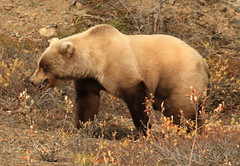
![Reblog this post [with Zemanta]](http://img.zemanta.com/reblog_e.png?x-id=c1d9b3d0-e6fd-4376-8950-bec5364b1bc5)

![Reblog this post [with Zemanta]](http://img.zemanta.com/reblog_e.png?x-id=62ed7fef-5a9a-4336-8057-6eb3bdd99b16)
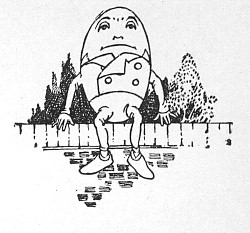
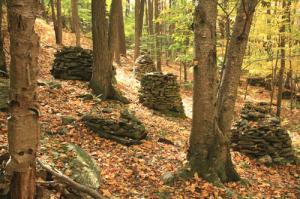
![Reblog this post [with Zemanta]](http://img.zemanta.com/reblog_e.png?x-id=51fb1c72-b5ce-4a0c-922c-23848e730dcb)

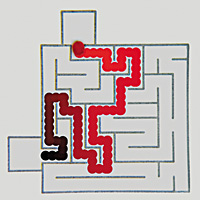


![Reblog this post [with Zemanta]](http://img.zemanta.com/reblog_e.png?x-id=36e39aa2-2d7d-4cf5-9217-eb344d1498ed)
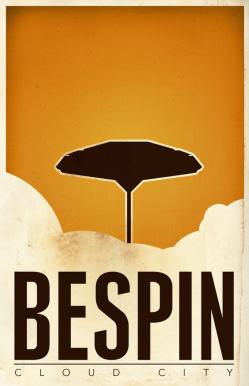


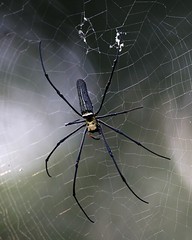

![Reblog this post [with Zemanta]](http://img.zemanta.com/reblog_e.png?x-id=1c6698cc-c5b6-4b09-943c-95ad513a3c03)
Recent Comments
Alec Defosses :
:
Good read. I saved the page for future visit. read moreShakira Furci :
:
Incredibly interesting piece of content. I was in search of read moreRitts :
:
Your site is amazing. I wonder just how do you read moreMeda Kiner :
:
I found your blog in the "Trackback" section of another read moreGale Mady :
:
The integration of bears into a godly American holiday read moreB. Samuel :
:
This information on how earth worms behave is very fascinating. read more